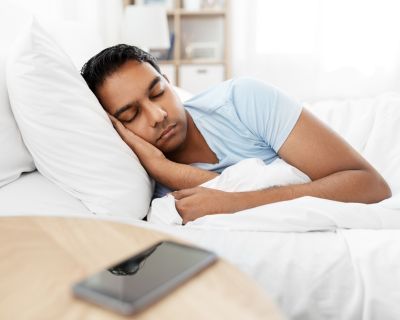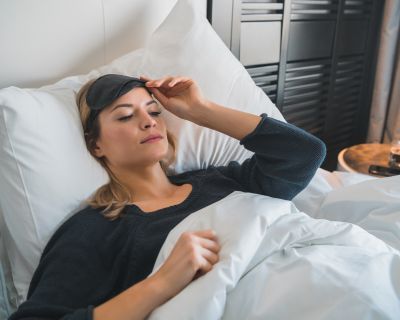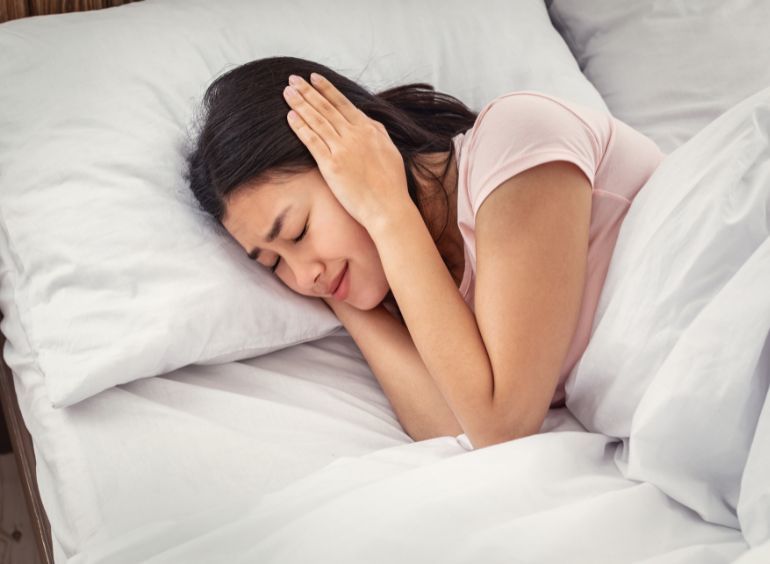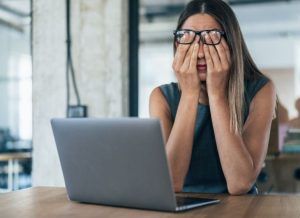If you have been recently diagnosed with a ruptured eardrum, you know how painful it can be, especially during the night, when you’re trying to get a good night’s sleep.
Resting in the most safe and comfortable position is essential to ensure that the healing process is not impeded and that further harm is avoided.
In this guide, we will discuss what are the safest positions to sleep on, when you have a ruptured eardrum.
What is a Ruptured Eardrum?
A perforated (burst) eardrum is an eardrum with a hole or rupture. As a result, the person can experience temporary hearing loss, but in more extreme cases permanent hearing loss is also possible.
Ear infections, sudden changes in pressure, and injuries caused by inserting objects into the ear can all cause damage to the eardrum.
A raptured eardrum typically resolves on its own within two months, but in some cases antibiotics may be necessary.
How to Sleep with a Ruptured Eardrum?
When something influences your health or alters your routine, it can have an effect on your sleep.
Particularly if you are a side sleeper, you may be unsure of what position is safe to sleep on. We’ve got some advice for you.
1. Sleeping on your side (with ruptured ear facing up)

If only one eardrum has been damaged, then you can sleep on your side with the ruptured ear facing up.
Most likely you’ll rotate in your sleep, but the pain will awaken you.
Make sure you have the return to your original position and resume snoozing.
2. Sleeping on your back

The best sleeping position for a ruptured eardrum is on your back, as this position protects the eardrum and reduces the risk of further injury.
Sleeping on your back is the recommended position, especially if both of your eardrums are ruptured.
Do not expect to fall asleep on your back immediately, especially if this is not one of your favourite positions.
Make sure you have the proper pillow for resting on your back. If you have a hard time falling asleep, check out our guide “Does Horlicks Help You Sleep?”
3. Keep your head elevated
When you have an ear infection, you must sleep with your head elevated so that the ear can discharge freely.
Sleeping with your head elevated is an effective method if the ruptured eardrum was caused by an ear infection. You do not want pressure to continue to build up and cause discomfort in the middle ear.
Using an adjustable bed, will allow you to raise the head area of the bed slightly until you find the most comfortable position.
Symptoms of a Ruptured Eardrum
There are a number of symptoms that may accompany a ruptured eardrum. Dizziness, hearing loss, tinnitus, ear pain and discomfort, and mucus or fluid draining from the ear are among the most common symptoms.
It is essential to remember that a ruptured eardrum should not cause any pain or distress. If you are experiencing aural pain or discomfort, you should seek medical attention immediately.
In some instances, a ruptured eardrum may result in temporary hearing loss. Generally, this is temporary and will go away by itself within a few days.
When to See a Doctor?
Typically, a ruptured eardrum will heal on its own within a few weeks. However, it is crucial to consult a healthcare professional in order to determine the extent of the harm and obtain treatment recommendations.

In some cases, antibiotics may be prescribed to prevent infection, while in more severe cases, surgery may be required.
Your physician will advise you to avoid having water entering the ear while it is healing.
Additionally, he or she may recommend that you place a large cotton ball in your outer ear while showering or shampooing your hair.
Swimming should be avoided until the eardrum has recovered.
As already discussed in this guide, when coping with a ruptured eardrum, it is best to sleep on the side opposite the affected ear or on your back in order to reduce pressure and the risk of further damage.



